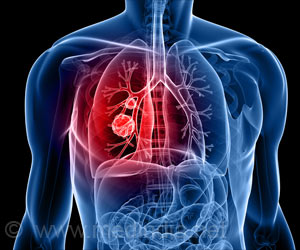University at Buffalo experts say that they have developed an extremely efficient and economical chemical synthesis method for designing and manufacturing extremely novel pharmaceutical compounds.
The new method, based on a catalyst worth many times the price of gold, has been described by its developers in a review article in the current issue of Nature magazine.It is said to be far better than traditional methods used for designing and manufacturing novel pharmaceutical compounds.
The article describes this chemistry as the basis of a new biotech start-up company called Dirhodium Technologies, LLC in Buffalo.
It also states that the new technique has the potential to improve dramatically the design and production of new drugs based on small molecule organic compounds, which comprise the great majority of new drug applications.
"If you tend to make things by methods that have been around for 100 years, there's a decent chance that you'll make something that's already known or is very close to something that is," the journal quoted lead author Huw M.L. Davies, UB Distinguished Professor in the Department of Chemistry, as writing in the paper.
"But if you use an entirely new strategy like the one we developed, virtually every reaction you run will result in a new structural entity. That's critical to drug development," Davies wrote.
Advertisement
"So it's like a bit of 'golden dust' to get everything going. As rhodium metal costs 10 times the price of gold, the catalyst is a high-value material," said Davies.
Advertisement
He revealed that the new synthesis strategy had, so far, produced compounds that have potential activity against diseases ranging from cancer to central nervous system disorders like depression. Such compounds also include ones that may help treat inflammatory and microbial diseases and cocaine addiction.
"This method is like an enabling technology, making available new targets and materials that previously were out of range," said Davies.
"The method allows you to transform a molecule from a simple structure to a much more elaborate, drug-like material, so it goes from a cheap building block to a potential drug-like candidate. Without a catalyst, it won't happen," he said.
A major advantage of Davies' chemical strategy is that the resulting compounds are produced selectively as single mirror images.
Pharmaceutical companies prefer to develop new chiral ("handed") drugs as a single isomer because opposite mirror images can have different biological effects and may be harmful.
"A small amount of our catalyst can be used to generate large amounts of the active mirror image of the pharmaceutical ingredient," Davies said.
Source-ANI
SRM/K






